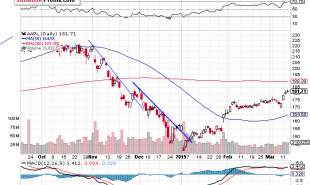
Russia has stopped “inching towards de-dollarization”, and is today no longer on the list of largest holders of US government bonds. For the two months ending in May 2018, Moscow has offloaded more than $ 80 billion in US Government debt obligations.
The US Treasury published a report naming those countries that are the largest holders of US bonds. The list includes 33 countries, and for the first time Russia is no longer in it. The $ 30 billion “minimum” listing Rubicon has been crossed by Russia.
As of the end of May, Russia had bonds worth only $ 14.9 billion. For comparison: in April, Russia was on the Treasury list with bonds totaling $ 48.7 billion. Even then it was offloading US$ debt securities as Russia owned in March over $ 96 billion. At the end of 2017, Russia had US treasury securities worth $102.2 billion. It is anyones guess what Russia will own when the June and July figures are released in August and September - probably less than today.
This simply serves as a confirmation that Russia is steadfastly following a conservative policy of risk diversification in several areas such as financial, economic, and geopolitical. The US public debt and spend is increasingly viewed as a heightened risk area, deserving sober re-assessment.
So where have all the dollars gone? The total reserves of the Russian Central Bank have not changed and remain at approximately the equivalent of $ 457 billion, so what we are seeing is a shift of assets to other central banks, other asset classes, just not US$ government bonds.
During the same time (April-May) as this US$ shift happened, the Russian Central Bank bought more than 1 million troy ounces of gold in 60 days, and continues.
For comparison sake, the maximum Russia investment in US public debt was in October 2010 totaling $176.3 billion. Today it is $14.9 billion.
The largest holders of US government bonds as of May are China ($ 1,183.1 billion), Japan ($ 1048.8 billion), Ireland ($ 301 billion), Brazil ($ 299.2 billion), Great Britain ($ 265 billion). The Russian exposure to US Government debt is insignificant when compared to these players, the significance lies in the fact that in a small way Russia has made apparent an increasingly considered trend among sovereign nations to wean off financing US debt instruments.
Using the similar conservative metrics that the Russian Central Bank has been rather successfully applying through this geopolitically and economically challenging period with the US and the US Dollar, it may not stretch the imagination too much that other countries such as China may eventually follow suit especially in view of trade wars and tariffs.
Paul Goncharoff







